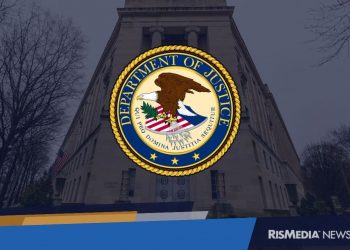The economy has been significantly hit by the coronavirus, and real estate is no exception. However, due to the moratoriums imposed by the government, foreclosure activity has effectively stalled in the last year. According to a new report from ATTOM Data Solutions, foreclosure activity was down 57 percent in 2020 YoY, and down 93 percent from a peak of nearly 2.9 million in 2010. This is the lowest level since tracking began in 2005.
“The government’s moratoria have effectively stopped foreclosure activity on everything but vacant and abandoned properties. There is a backlog of foreclosures building up—loans that were in foreclosure prior to the moratoria; loans that would have defaulted under normal circumstances; and loans whose borrowers are in financial distress due to the pandemic,” said Rick Sharga, executive vice president of RealtyTrac, an ATTOM Data Solutions company. “While it’s still highly unlikely that we’ll see another wave of foreclosures like the one we had during the Great Recession, we really won’t know how big that backlog is until after the government programs expire.”
In 2020, lenders repossessed 50,238 properties through foreclosure. There were areas, however, that saw YoY increases in foreclosures, including Lake Havasu, Ariz. (up 30 percent); Champaign, Ill. (up 29 percent); Chico, Calif. (up 26 percent); and Bremerton, Wash. (up 25 percent).
Last year, lenders started the foreclosure process on 131,372 properties, down 61 percent from 2019. The following states experienced declines in foreclosure starts year-over-year: Oregon (-79 percent), Kansas (-77 percent), Arkansas (-77 percent), Nevada (-71 percent) and Massachusetts (-70 percent).
“The impact of the government foreclosure moratoria and mortgage forbearance programs is nowhere more obvious than in the foreclosure start numbers from 2020. We ended the year with a near-record number of seriously delinquent loans, but historically low levels of foreclosure activity,” Sharga said. “The good news is that the government and mortgage industry succeeded in working together to prevent unnecessary foreclosures; the question remains how many homeowners whose finances have been affected by the pandemic will ultimately default on their loans, and whether the strength of the housing market will help cushion the fallout.”
While evictions and foreclosures are on pause while these moratoriums are in effect, sources say an “eviction tsunami” could be on the way. According to TenantScreeningUSA.com, once the moratorium ends, thousands of renters could face the possibility of losing their home unless local and/or federal agencies step in to help.
“Resumption of COVID-19 related evictions could potentially force thousands into a more desperate situation with loss of housing, and landlords/property managers face renewed challenges in laws governing renting… ,” said Adam Almeida, president and CEO of TenantScreeningUSA.com, in a statement. “The state of emergency for renters will go from bad to worse unless the situation is immediately addressed, which could happen with the change in leadership at the federal level.”











